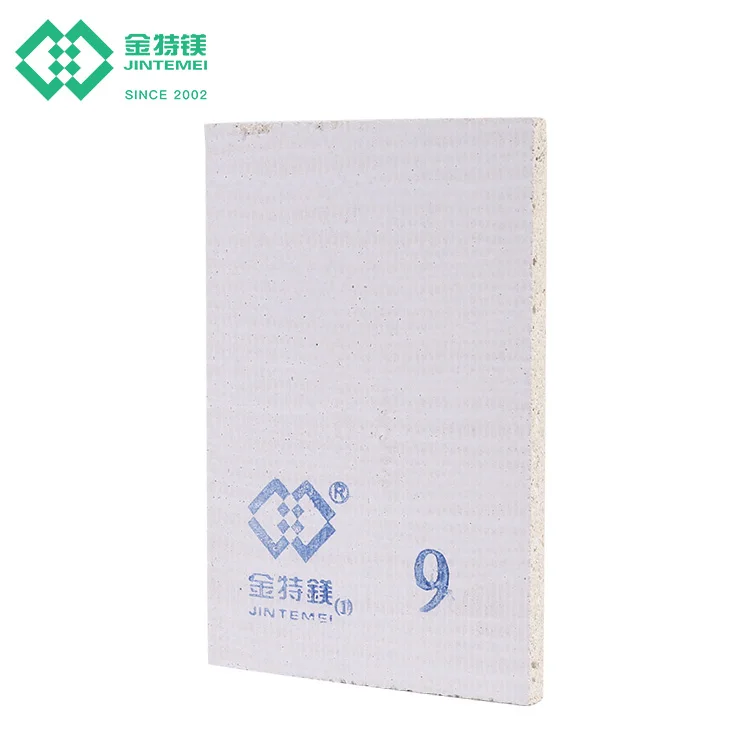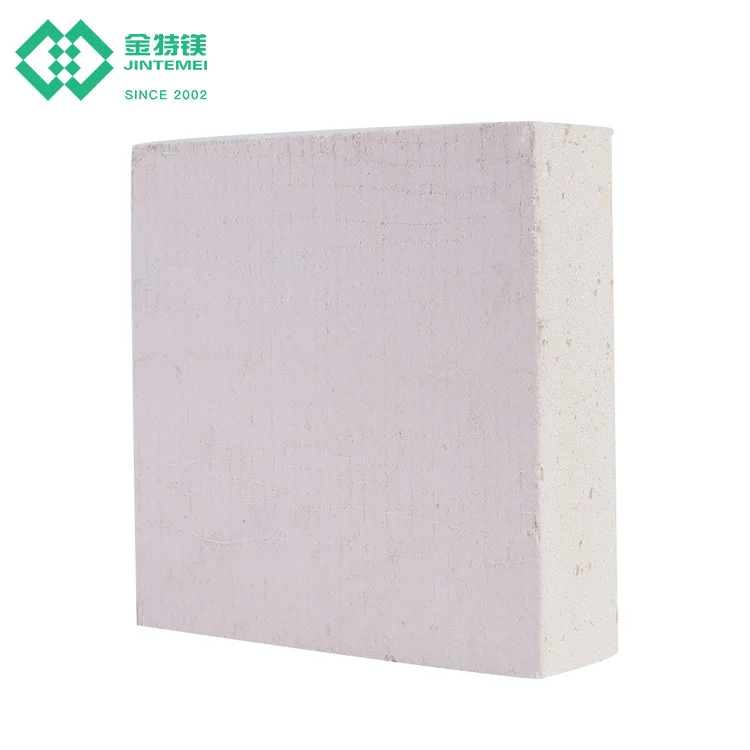Architectural Seismic Adaptations in Compartmentalized Fire Barrier Systems
Fundamentals of Seismic Adaptations in Fire Barrier Systems
Understanding Seismic Forces on Compartmentalized Barriers
Seismic forces, resulting from earthquakes, exert lateral loads on structures, critically impacting compartmentalized barriers, which are essential for fire safety. These barriers are designed to compartmentalize spaces, preventing fire spread while ensuring safe evacuation routes. However, their effectiveness can be compromised by seismic activities. Understanding the dynamics of seismic waves and how they interact with building materials is essential for designing fire barriers that maintain their integrity during seismic events. For instance, research underscores the need for such barriers to ensure safe egress, significantly enhancing survival chances during both fires and earthquakes.
Key Requirements for Earthquake-Resistant Fire Barriers
Designing fire barriers to be earthquake-resistant is paramount, especially in seismic-prone areas. According to building codes like the International Building Code (IBC), these barriers must withstand seismic forces while maintaining fire resistance. Essential materials being used include those with high ductility and strength, which can absorb and dissipate energy without losing their fireproof qualities. Regular testing against established standards, such as those by ASTM, ensures that fire barriers retain their integrity and functionality under both fire and seismic conditions.
Integration of Fire Safety and Seismic Performance
The integration of fire safety features with structural flexibility is crucial in regions vulnerable to earthquakes. Effective fire barriers must resist flames and smoke while maintaining structural integrity during seismic disturbances. This demands a collaborative approach between fire safety engineers and structural engineers to develop designs meeting both fire and earthquake resistance standards. This collaboration is vital to ensure comprehensive solutions are in place, safeguarding occupants and minimizing the risk of structural collapse during emergencies. Thus, addressing both fire and seismic concerns ensures a holistic approach to building safety.
Design Principles for Seismic-Resistant Fire Barriers
Flexible Joint Systems for Structural Movement
Flexible joint systems are essential in seismic-resistant designs, as they allow buildings to absorb necessary movements during seismic activities without compromising the fire barrier's integrity. These systems effectively absorb the movements caused by seismic activity, thereby preventing stress concentrations that might lead to material failure. Utilizing expansion joints that cater to both thermal and seismic movements optimizes fire barrier effectiveness and ensures the safety and longevity of building structures. Research supports this approach, emphasizing the importance of integrating flexible joints in fire barrier designs for improved resilience.
Material Selection for Dual Fire/Seismic Protection
A critical aspect of designing fire barriers that can withstand both fire and seismic stresses is the selection of materials. Magnesium oxide board (MgO board) is an ideal choice due to its dual capabilities of fire resistance and maintaining structural integrity under seismic stress. To ensure these materials offer the expected protection, they must comply with relevant standards such as those set by the NFPA and ASTM. The development of innovative materials that are both flexible and fire-resistant will significantly enhance the performance of fire barriers in buildings exposed to seismic activities.
Testing Standards: UL 2079 and ASTM E-1399 Compliance
Compliance with industry standards such as UL 2079 and ASTM E-1399 is crucial for ensuring the dual performance of fire barrier systems in both fire and seismic conditions. These standards outline methodologies for assessing the thermal performance of materials under fire exposure and their behavior under seismic stress. Meeting these standards provides architects and builders with the assurance that the materials used in fire barrier systems will perform effectively, contributing to overall safety and regulatory compliance. Rigorous testing against these standards is a key step in validating the performance of fire barriers, ensuring they meet the high demands of both fire resistance and seismic resilience.
Innovative Fire Barrier Solutions with Seismic Capabilities
8mm/12mm Class A1 Non-Combustible MgO Fireproof Board
Class A1 non-combustible magnesium oxide (MgO) boards offer superior fire resistance while being lightweight, which is crucial for minimizing structural loads during seismic events. These boards are specifically engineered to prevent the spread of fire, boosting overall building safety. Studies have shown that using MgO boards can significantly reduce downtime in the aftermath of earthquakes due to their exceptional resilience and durability. The 8mm/12mm Class A1 Non-Combustible MgO Fireproof Board exemplifies such effective construction materials, integrating fireproof qualities with structural advantages.

120-Minute Fire Resistant Rated Wall Panels
The 120-minute fire-resistant wall panels are skillfully designed to endure extreme temperatures and prevent fire penetration, a critical feature during fires exacerbated by seismic activity. These panels are rigorously tested to ensure they maintain their integrity and barrier performance, even when subjected to seismic loads combined with high heat. Industry standards demonstrate that panels like these protect life and property significantly better than standard fire barriers. Integrating 120-Minute Fire Resistant Panels ensures enhanced safety in seismic and fire incidents, making them a vital addition to modern buildings.

Chloride-Free Acoustic MgO Fireproof Board
Chloride-free magnesium oxide boards boast enhanced durability, particularly in humid environments typical of certain seismic zones, and offer excellent fireproofing. These boards also feature acoustic properties, reducing sound transmission and making buildings quieter while maintaining fire safety standards. Experts recommend these chloride-free boards due to their long-term reliability for both fire protection and noise reduction. By utilizing Chloride-Free Acoustic MgO Fireproof Boards, builders can achieve superior fireproof insulation that benefits both the safety and comfort of building occupants.

Implementation Strategies for Seismic Fire Barriers
Anchoring Systems for Earthquake-Prone Regions
Anchoring systems are crucial for enhancing the structural stability of fire barriers in earthquake-prone regions. These systems prevent dislodgment during tremors, which is essential to maintain the integrity and effectiveness of fireproof insulation boards in protecting life and property. Advanced technologies like base isolators are particularly effective in reducing seismic forces on these barriers. These isolators work by absorbing ground motion energy, allowing the structure to move independently from the shaking ground. Empirical research supports the effectiveness of such innovations, showing that fire barriers equipped with these technologies can retain their integrity during seismic events, thereby enhancing overall building safety.
Maintaining Fire Integrity During Structural Shifts
Ensuring fire integrity in buildings during structural shifts caused by earthquakes is crucial. Fireproof insulation boards like magnesium oxide boards (MgO boards) play a vital role in preventing fire spread while adapting to dynamic building movements. Design strategies must incorporate flexible joints and connections to allow buildings to shift without compromising fire barriers. These innovative strategies ensure that even as buildings deform under stress, the fire safety features remain intact. Analyses underscore the significance of these solutions, highlighting that such adaptive designs can substantially improve building safety during structural shifts, thereby safeguarding occupants and reducing potential fire hazards.
Case Studies: Successful Seismic Barrier Installations
Case studies from regions prone to seismic activity provide valuable insights into the best practices and innovative technologies for seismic fire barrier installations. These studies illustrate successful implementations, such as using fireproof panels with enhanced seismic resilience, which have proven effective in mitigating risks. Documentation from past projects reveals that learning from failures has led to improved design strategies that prioritize both seismic resilience and fire safety. Reviewing these successful installations emphasizes the importance of meticulous planning, robust testing, and adhering to stringent safety standards, all of which are essential to ensuring the safety and compliance of fire barriers in dynamic earthquake-prone environments.
Future Trends in Seismic Fire Barrier Technology
Advancements in Magnesium Oxide Board Composites
Innovations in magnesium oxide board composites are pivotal in enhancing the resilience and thermal performance of fireproof insulation boards. These materials, commonly recognized as MgO boards, offer superior fire resistance and are being refined for even better performance under fire conditions. Future developments may involve integrating bio-based additives to produce environmentally sustainable composites. Additionally, industry leaders are experimenting with nanotechnology to boost fire resistance and seismic stability, thus revolutionizing the functionality and durability of MgO boards.
Smart Monitoring Systems for Barrier Integrity
The integration of smart monitoring systems offers a groundbreaking advancement in assessing the structural integrity of fire barriers during seismic events. These systems provide real-time data, allowing for immediate alerts regarding potential damage, thereby facilitating prompt repairs and enhancing overall safety. Emerging technologies are poised to transform building safety monitoring, ensuring a proactive response to natural disasters and safeguarding both infrastructure and occupants more effectively.
NFPA 2025 Updates Impacting Seismic Design
Recent updates to NFPA 2025 are set to influence seismic design requirements for fire barriers significantly. These revisions aim to unify fire safety and earthquake resistance strategies, ultimately fostering superior building designs. By aligning fire safety standards with seismic guidelines, these updates promise enhanced safety for structures, especially in high-risk zones. Staying informed about these modifications is crucial for ensuring compliance and maintaining the integrity of both residential and commercial buildings in areas prone to seismic activity.

 EN
EN








































